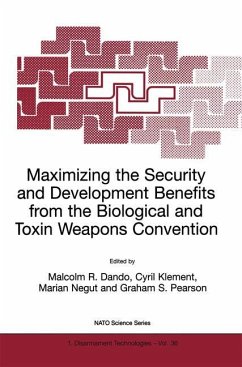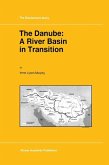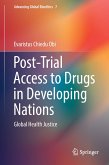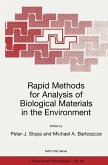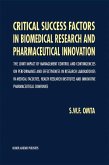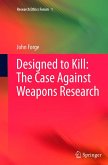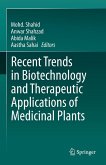The Editors would like to thank the authors of the papers at the Advanced Research Workshops for their excellent presentations at the workshops and the production of their drafts. We are indebted to those who helped in the preparation of this volume. We should particularly like to acknowledge the help of Piers Millett, who compiled the papers, set them into camera-ready format and produced the index and Dr. Simon Whitby who made the final changes to the manuscript. Any remaining errors are, of course, our responsibility. Malcolm R. Dando Cyril Klement Marian Negut Graham S. Pearson IX ACHIEVING SECURITY BENEFITS FROM TECHNICAL COOPERATION UNDER THE BIOLOGICAL AND TOXIN WEAPONS CONVENTION GRAHAM S. PEARSON Visiting Professor of International Security, Department of Peace Studies, University of Bradford, Bradford, West Yorkshire BD7 IDP, UK 1. Background l The Biological and Toxin Weapons Convention which opened for signature in 1972 2 and entered into force in 1975 currently has 144 States Parties and 18 Signatory States Article I of the Convention is all-embracing in its complete prohibition of biological weapons stating that: Each State Party to this Convention undertakes never in any circumstances to develop, produce, stockpile or otherwise acquire or retain: (1) Microbial or other biological agents, or toxins whatever their origin or method of production, of types and in quantities that have no justification for prophylactic, protective or other peaceful purposes; (2) Weapons, equipment or means of delivery designed to use such
Bitte wählen Sie Ihr Anliegen aus.
Rechnungen
Retourenschein anfordern
Bestellstatus
Storno

